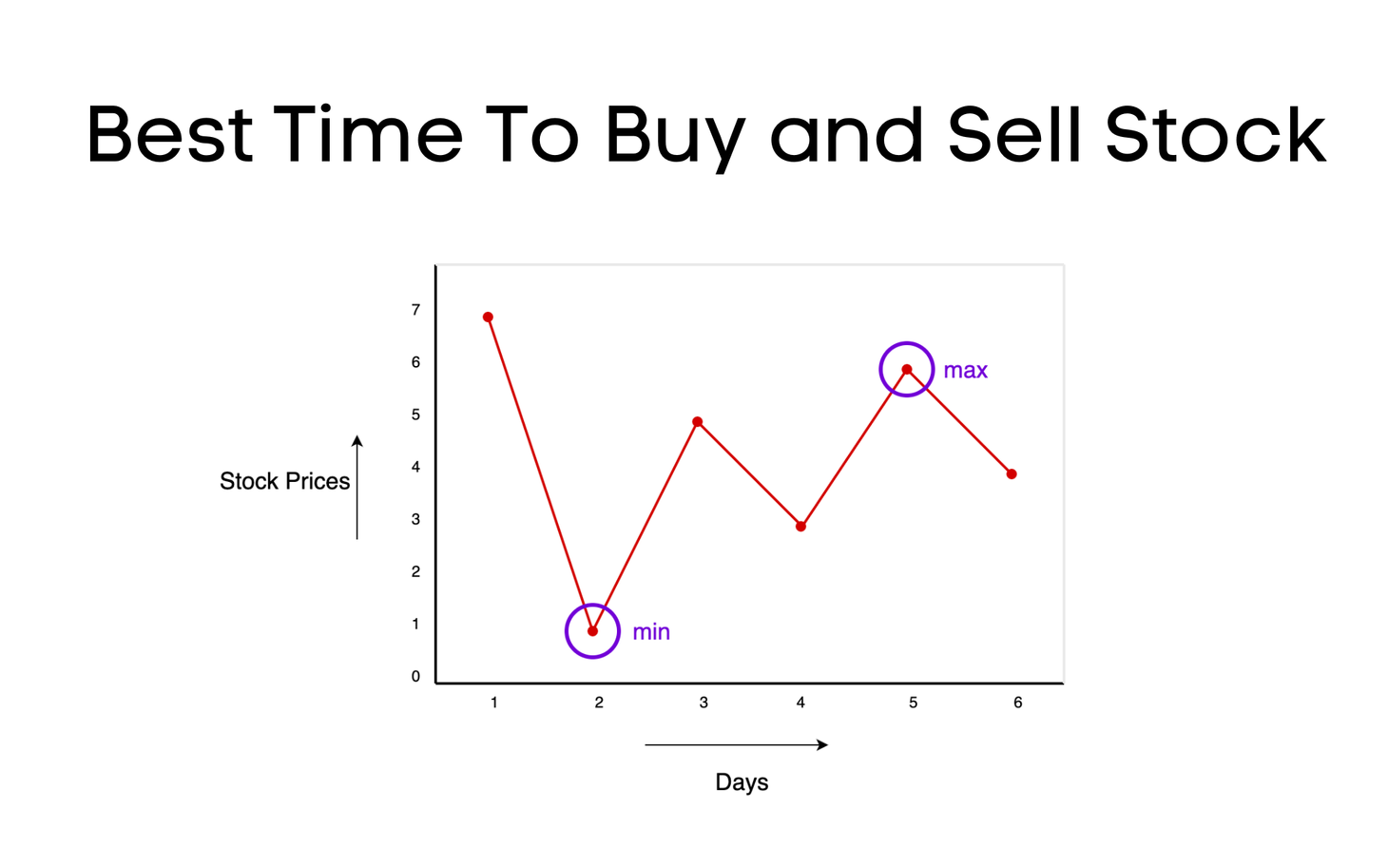Who Is This Course For?
This course deep-dives into each of the data structures and algorithms in computer science
Table of Contents
Prerequisites
To take full advantage of this course, one should ideally have the following:
- Knowledge of any programming language basics.
- Create and run simple programs.
This course code is written in Java programming language. The concepts remain the same in all programming languages.
What will you learn in this course?
This course elaborates on the following topics: code snippets, explanations, illustrations, and complexity analysis.
- Arrays
- Linked lists (Singly linked list, doubly linked list, and circular linked list)
- Stacks
- Queues
- Deque
- Hashtable
- Trees
- Graphs
- Heaps
- Trie
- Binary Search
- Recursion
- Sorting algorithms
- Mathematics (Bonus)
- Bit manipulation (Bonus)
What do you get?
The most rewarding outcome of this course is that you will learn
- The data structures and algorithms course offers an advantageous effect for learners. By mastering these foundational concepts, students gain the ability to analyze, design, and implement efficient solutions to complex problems.
- Students develop a deeper understanding of how data is organized and manipulated, enabling them to optimize performance and memory usage in their code.
- This knowledge empowers them to confidently tackle real-world challenges, as they can select and implement the most appropriate data structures and algorithms for a given problem.
- Ultimately, the course equips learners with essential skills highly valued in computer science and opens up diverse opportunities for career growth and success.
- Illustration sketches step by step.
The most rewarding outcome of this course
The most rewarding outcome of this course is that you will learn the following:
- A detailed overview of data structures and algorithms.
- Illustration sketches with explanations and code snippets.
- Helps you master everything you need to work on problem-solving.
- Hands-on practical coding challenges with examples and illustrations.
- Learn to efficiently evaluate the tradeoffs between time and space complexity in different solutions.
Resources
GitHub repository - <<LINK>>.
🤩 Happy coding!!
Gopi Gorantala Newsletter
Join the newsletter to receive the latest updates in your inbox.

